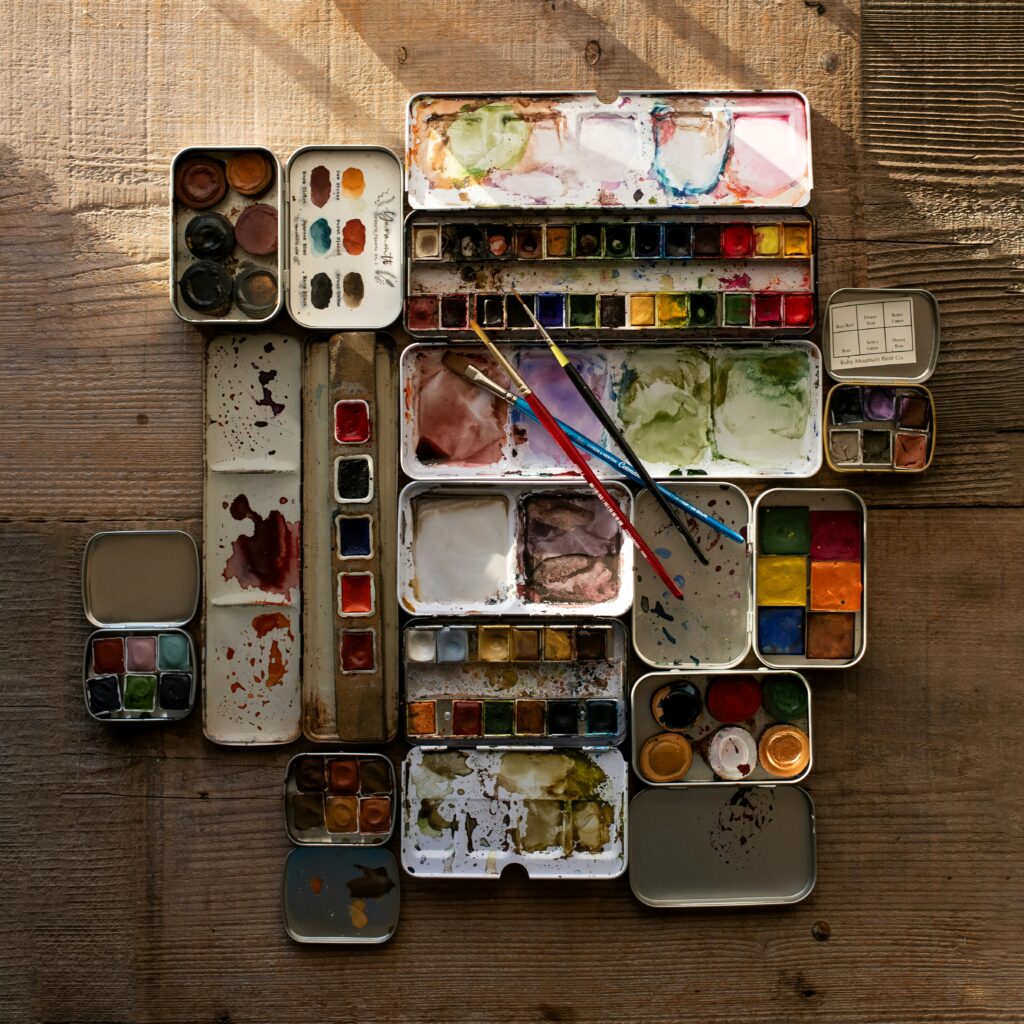Hello, creative souls! If you’ve ever admired the delicate beauty of watercolor paintings and thought, “I wish I could do that,” then this is your sign to dive in. Watercolor art is an accessible and meditative hobby that anyone can enjoy, whether you’re a total novice or rekindling a love for painting. Let’s explore how you can start your watercolor journey, including some must-have tools to bring your ideas to life.
Some of the links in this post are affiliate links, which means we may earn a small commission if you make a purchase through them at no extra cost to you.
Why Watercolor Art?
Watercolor painting is celebrated for its vibrant translucence and fluidity. It’s perfect for expressing emotions, capturing nature’s beauty, or simply relaxing after a busy day. The best part? You don’t need an art degree or expensive supplies to get started—just a little curiosity and creativity.
Essential Watercolor Supplies for Beginners
To start watercolor painting, you’ll need a few basics. Each tool plays a crucial role in your artistic journey, so let’s break it down:
- Watercolor Paints: Choosing the right paints makes all the difference. Beginners should opt for a set of pan paints, which are easy to use and mess-free. The Winsor & Newton Cotman Watercolor Set (Amazon) is a fantastic choice for vibrant colors and affordability. Plus, these paints are portable, making them perfect for painting on the go or in cozy corners of your home. If you’re ready to experiment, try mixing colors to create custom shades.
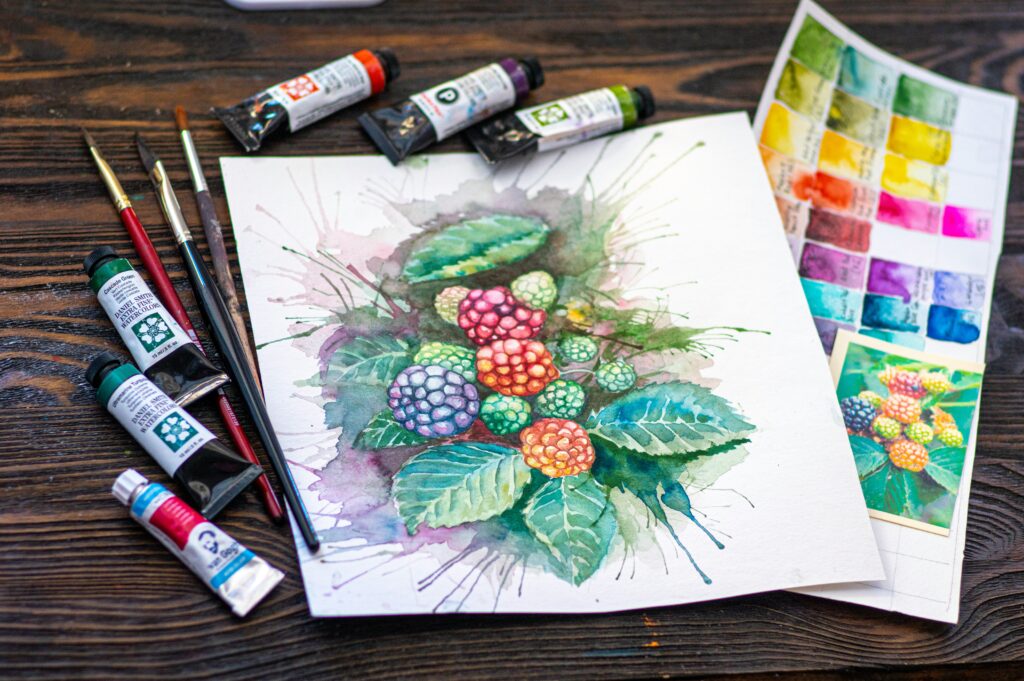
- Brushes: A good set of brushes will help you paint with precision and ease. For beginners, start with round brushes in sizes 4, 6, and 8. These versatile brushes are perfect for everything from broad strokes to fine details. The Princeton Velvetouch Brush Set (Amazon) offers exceptional quality at a beginner-friendly price. Remember to clean your brushes after each use to extend their lifespan.

- Paper: Regular printer paper won’t cut it—you need specially designed watercolor paper. Look for cold-pressed paper, which has a slight texture that holds paint beautifully. The Canson XL Watercolor Pad (Amazon) is a popular choice for beginners, offering durability and a budget-friendly price. Whether you’re painting washes or intricate details, this paper ensures your work won’t warp or tear.
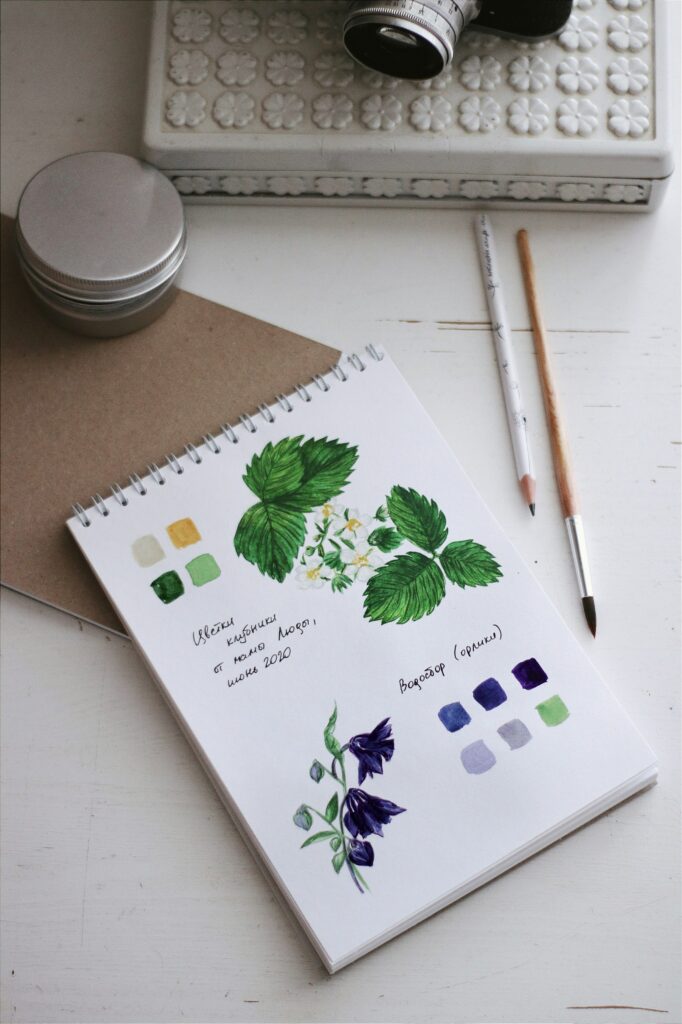
- Palette: Mixing colors is an essential part of watercolor painting. A palette lets you blend shades effortlessly, opening up endless possibilities for your creations. The Meeden Porcelain Mixing Palette (Amazon) is easy to clean and perfect for creating smooth, even mixes. If you’re looking for a budget option, any ceramic dish will do.
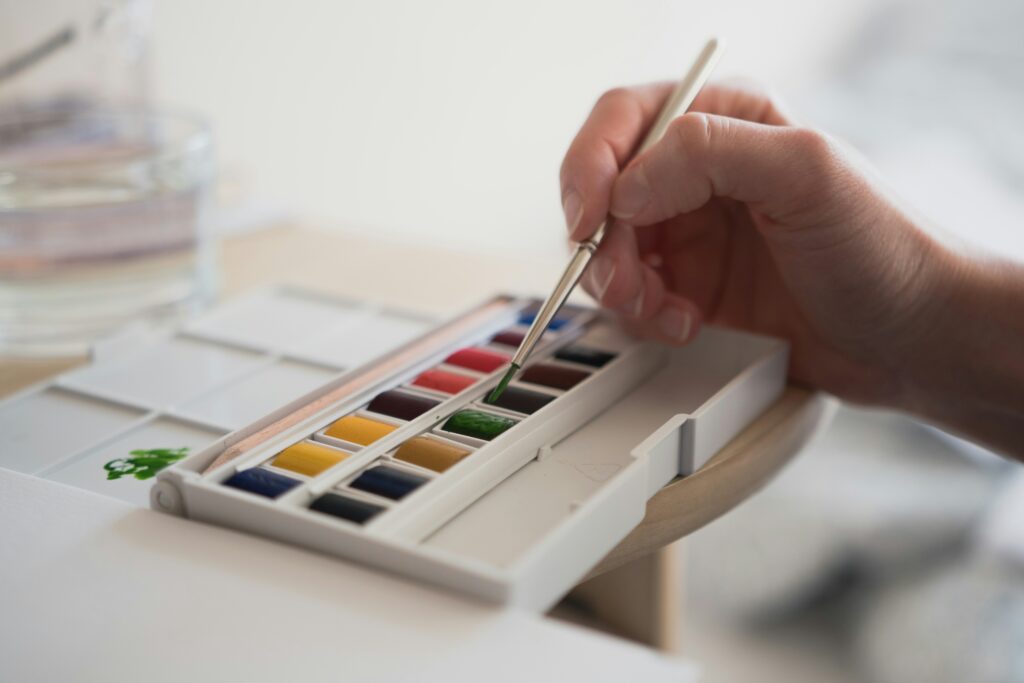
- Water Jars: Always keep two jars handy: one for rinsing your brush and another with clean water. This helps you avoid muddy colors when switching shades. A set like the Touch Up Cup Empty Plastic Paint Storage Containers with Lids (Amazon) can double as stylish and practical water containers.
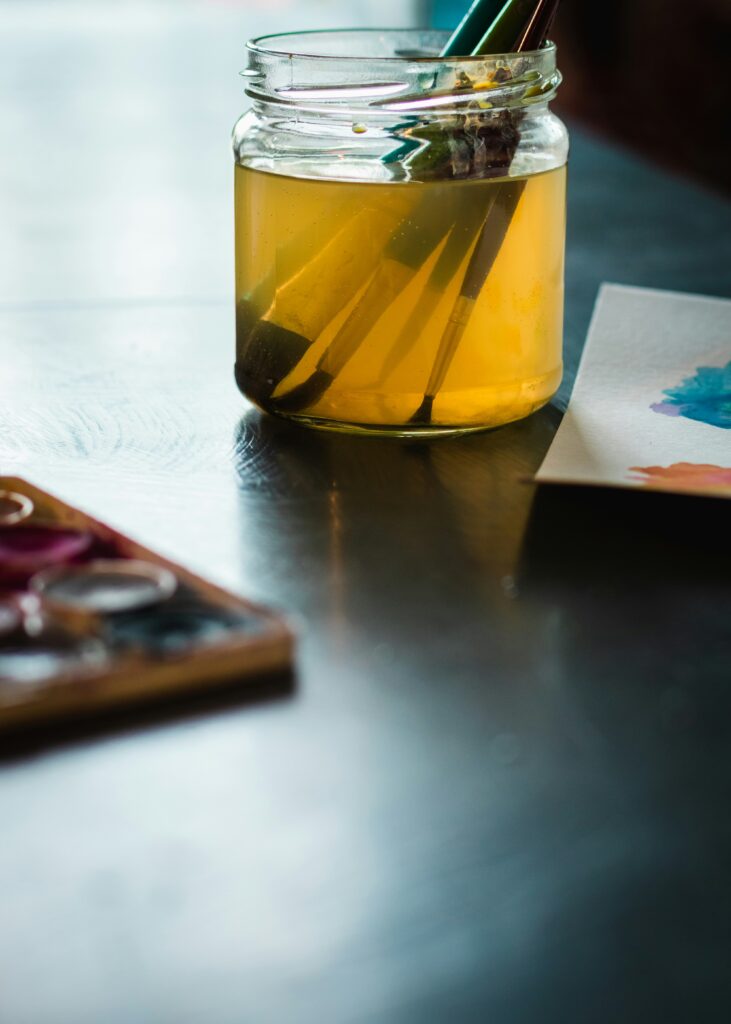
- Paper Towels: These are surprisingly versatile! Use them to blot excess water, clean brushes, or create unique textures. A roll of Viva Signature Cloth Paper Towels (Amazon) is a studio essential that you’ll use for every session.
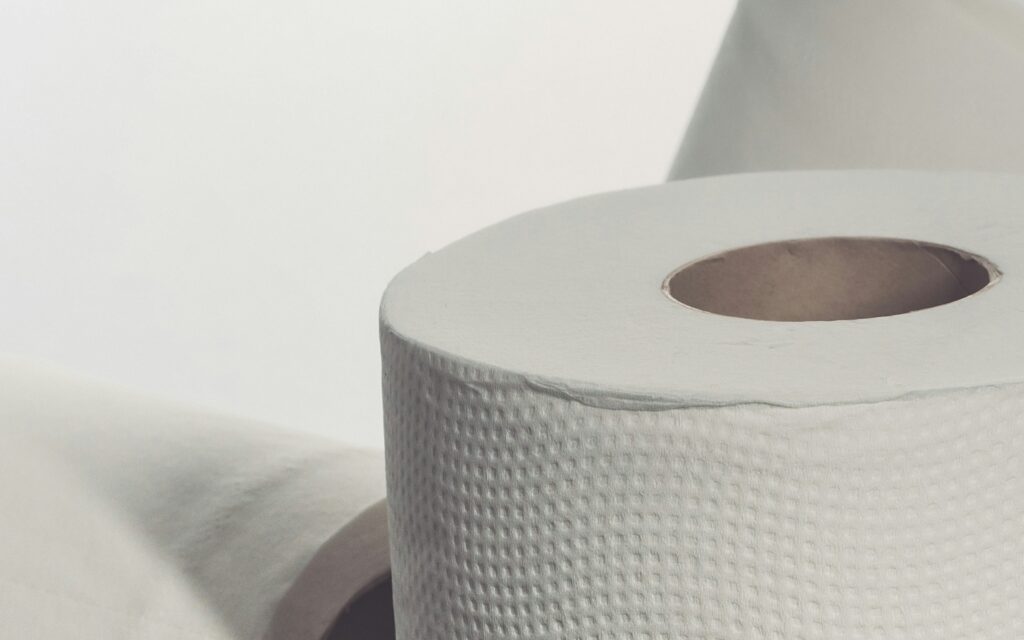
- Painter’s Tape: This is great for securing your paper to a flat surface and creating crisp edges. The FrogTape Multi-Surface Painter’s Tape (Amazon) is a reliable choice for clean lines without damaging your paper.
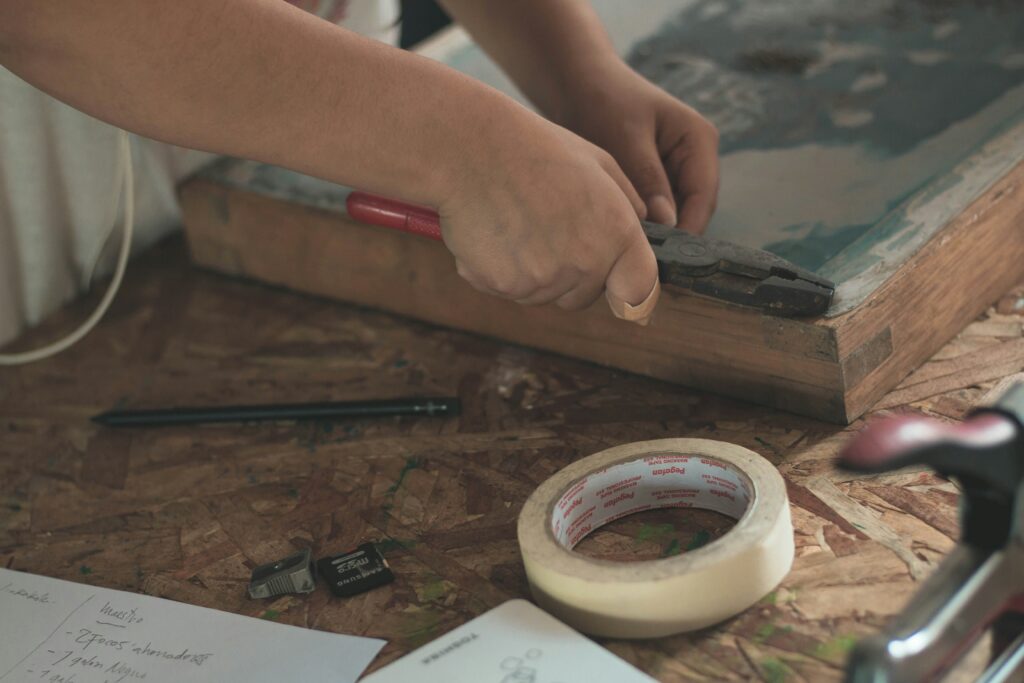
How to Start Your First Watercolor Painting
Starting your first watercolor painting can feel a little intimidating, but breaking it into simple steps makes it easier and more enjoyable. Here’s a beginner-friendly process:
- Choose a Simple Subject: Start with something straightforward, like a leaf, a flower, or a basic landscape. Avoid complex scenes until you feel more confident.
- Sketch Lightly: If needed, lightly sketch your subject with a pencil on your watercolor paper. Keep the lines faint so they don’t show through the paint.
- Test Your Colors: Use a scrap piece of watercolor paper to test how colors look when applied and dried. Experiment with mixing shades to find what works best for your project.
- Work from Light to Dark: Begin with lighter washes and gradually add darker tones. Watercolor is translucent, so layering light to dark helps create depth without overloading the paper.
- Use a Limited Palette: Stick to a few colors for your first painting. This simplifies the process and ensures a harmonious look.
- Practice Brush Control: Experiment with different brush techniques, such as pressing harder for broad strokes or using the tip for fine details.
- Let Layers Dry: Be patient and let each layer dry completely before adding the next. This prevents colors from blending unintentionally.
- Embrace Mistakes: Watercolor painting is as much about happy accidents as it is about skill. If something doesn’t go as planned, find a way to work it into your piece.
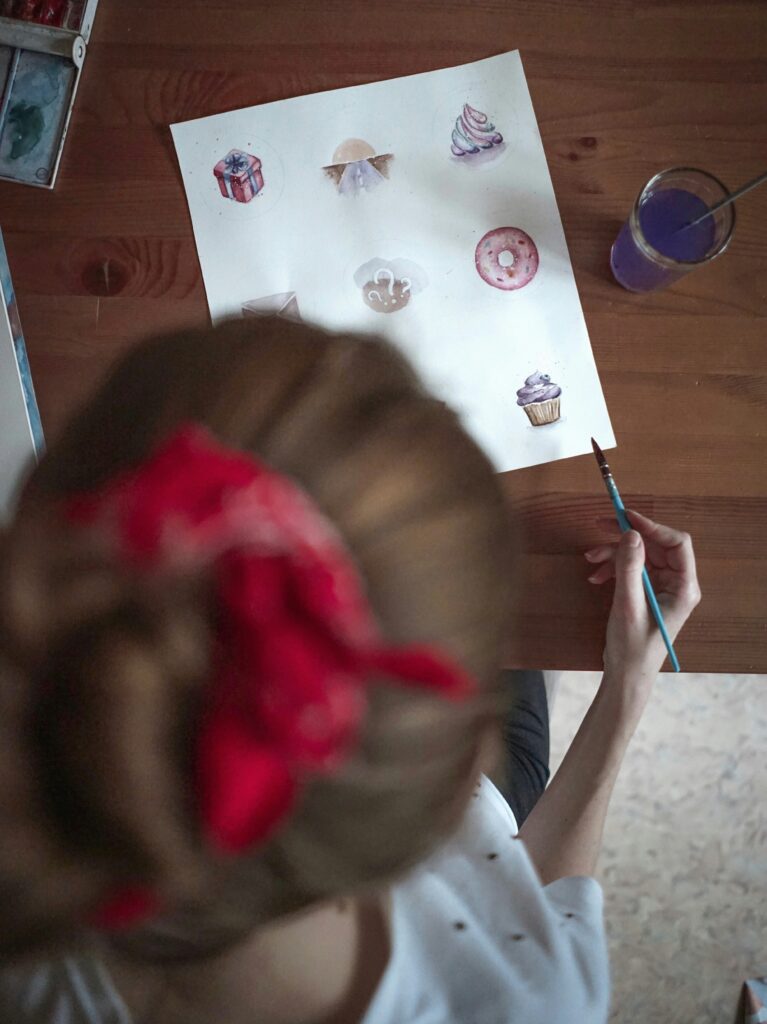
Simple Watercolor Techniques to Try
Once you’ve gathered your supplies, it’s time to play! Start with these beginner-friendly techniques:
- Wet-on-Wet: Apply clean water to your paper, then drop in watercolor. Watch how the colors blend organically—perfect for painting skies or abstract backgrounds.
- Wet-on-Dry: Paint directly onto dry paper for sharper lines and more control.
- Layering: Let each layer dry before adding another to create depth and dimension.
- Salt Textures: Sprinkle salt onto wet paint to create stunning, star-like effects—a great trick for galaxy art!

Tips to Keep You Motivated
- Practice Makes Perfect: Don’t expect a masterpiece right away. Every stroke teaches you something new.
- Follow Tutorials: Platforms like YouTube and Pinterest are brimming with beginner tutorials. Search for easy projects like floral motifs or simple landscapes.
- Keep Experimenting: Try new techniques, mix colors, and explore different subjects. Art is all about having fun!
A Creative Tool for Beyond the Canvas
Did you know you can use watercolors to design greeting cards, bookmarks, or even framed gifts? A simple Grabie Watercolor Paint Set (Amazon) can unlock endless creative possibilities, making this art form even more rewarding.
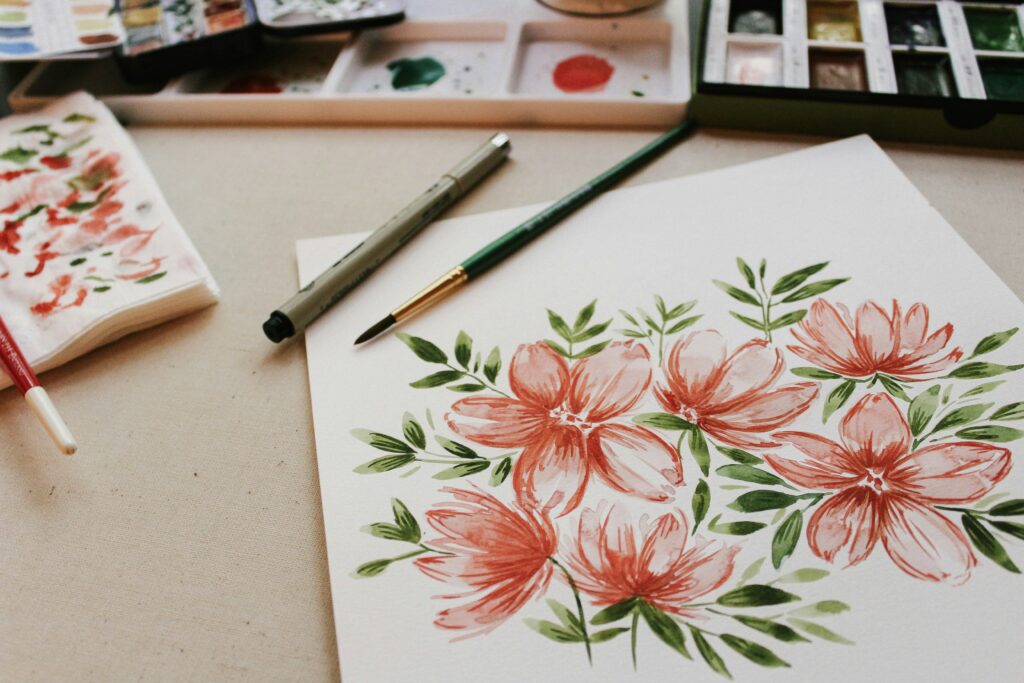
Watercolor art is an incredible way to unwind, express yourself, and create beauty with your own hands. With the right supplies and a touch of patience, you’ll be amazed at how quickly your skills blossom.
Happy painting! 🎨
Follow Us on Pinterest
Looking for more creative inspiration? Follow us on Pinterest here! We share tips, tutorials, and ideas to keep your watercolor journey fresh and exciting. Let’s stay connected and spark more creativity together! 🎨
Affiliate Disclosure
As an Amazon Associate, we earn from qualifying purchases. Thank you for supporting My Healthy Health by shopping through our affiliate links—it helps us continue sharing valuable content with our readers.

